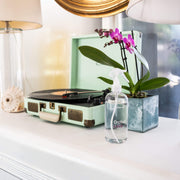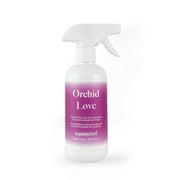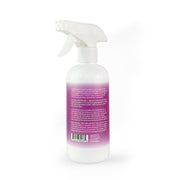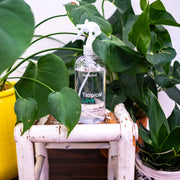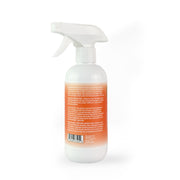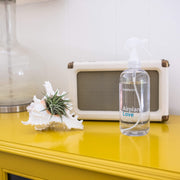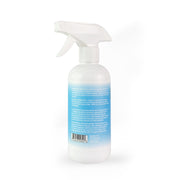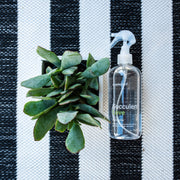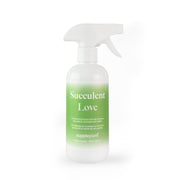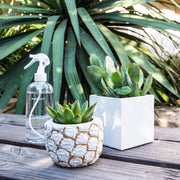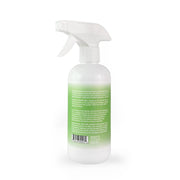Caring for Your Orchids
Orchids, while popular house plants, can also be a bit finicky. You must learn how to care for them properly so that they can flourish to their fullest potential.
Here, we’ll help you learn all the ins and outs of orchid care, so you and your flower can both bloom together.
Determining Your Species While all orchids may seem the same to you, there are actually more than 30,000 species that grow in the wild. There are two kinds most typical to be sold as houseplants, so you should start by first identifying which kind you are working with.
- Moth Orchid - also known as Phalaenopsis, these have round flowers protruding from a single tall stem with oval leaves. Usually, flowers are white, pink, or purple.
- Cane Orchid - also known as Dendrobium, these have much smaller flowers that instead grow in rows that shoot out from thick canes. You’ll often see several clusters of flowers per plant. Flowers are usually white or purple.
Knowing what kind of orchid that you are growing will help you care for it after the flowers start to bloom.
Caring for Your Orchid While in Bloom One of the most common misconceptions about orchids is that they need loads of water to survive. In fact, they need very little water. Be careful about not over-watering your plant. Spraying Suppleplant Orchid Love on the foliage three times a week will add moisture and much-needed nutrients without making the plant susceptible to rot
Next, be careful with its placement. You don’t want your orchid to be placed anywhere it will be susceptible to cold drafts, too much direct sunlight, very dry air, or direct heat. These are all enemies of tropical plants and could easily kill your beautiful orchid.
Instead, you should aim for a spot that is warm, mild, and a bit humid.
With a happy orchid, its bloom should last a couple weeks, perhaps a bit more. Don’t worry if it doesn’t last for months and months—that’s not the way the plant is wired.
Caring for Your Orchid While Not in Bloom After the bloom is over, do not think your orchid plant has died. Now is the time to shift from thinking about the short-term showmanship and health of the plant and to long-term preservation and care.
Clip off the old flower spikes near the base so that it has a new opportunity to re-bloom.
Most orchids are not sold in proper potting conditions. Many have moss packed around them in plastic, which can actually lead to root rot. Orchid roots need lots of fresh air. You don’t want to re-pot while in bloom, though, so we’re saving this for when they are not in bloom. This is the perfect time to do it, as you can get your plant safely re-situated without causing too much stress on the blooms.
While re-potting, go ahead and use a specifically formulated fertilizer for orchids, like Suppleplant for Orchids. This will provide the high concentration of minerals and micronutrients needed without overdosing the delicate plant.
Continue watering the plant sporadically and waiting for those beautiful blooms to make their grand re-entrance into the world.
Start loving your orchids a little better with Suppleplant Orchid fertilizer today.
